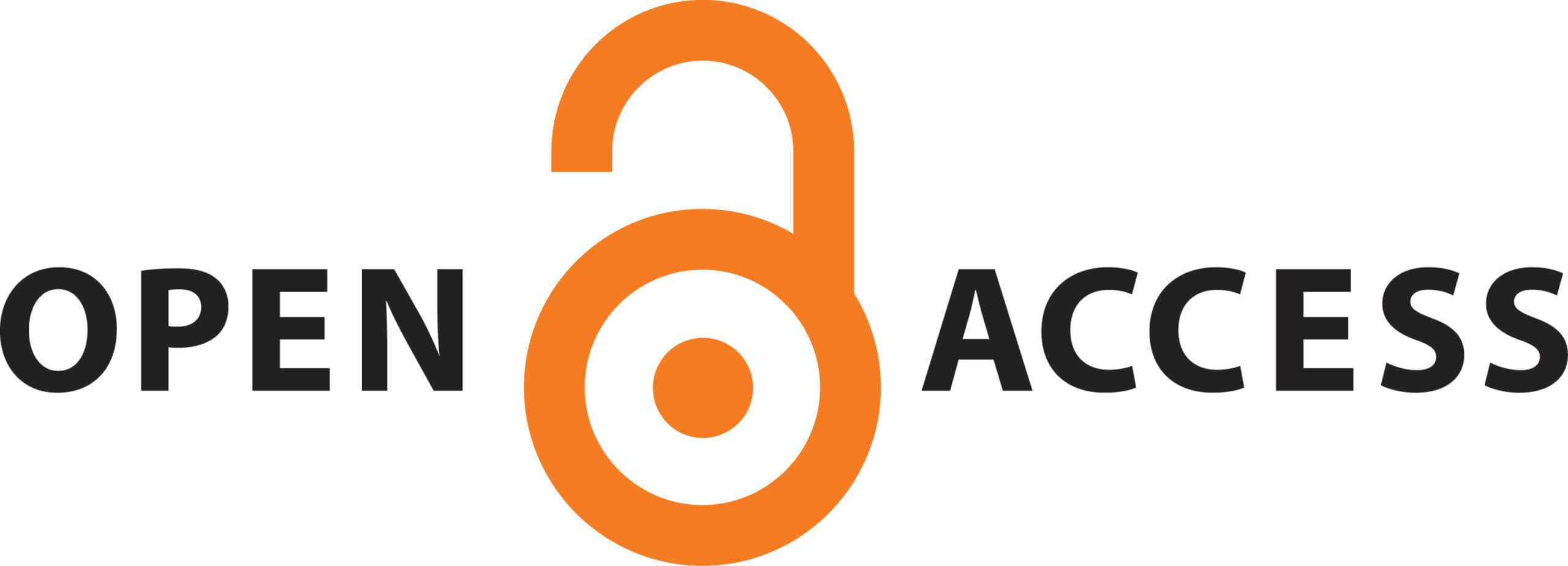Emerging Perception of Activity Cliffs: A Brief Review
Keywords:
Activity cliffs, Computational chemistry, Matched molecular pairs, Quantitative structure-activity relationship, Similarity property principleAbstract
Activity cliffs (ACs) can be characterized as the collection of structurally similar molecules with significant differences in their potencies. Such molecules are of core importance in medicinal and computational chemistry as any minute change in their structure greatly influences their biological action. They play an important role in the optimization during drug discovery and can be analyzed by structure-activity relationships (SAR), but the factors like the molecular representation, selection of the data sets, and the descriptor used greatly affect the end results. Due to these factors, ACs were thought to be a rarity as the concept is contrary to the similarity property principle (SPP), which forms the basis of quantitative structure-activity relationship (QSAR) modeling and likeness based strategies. Today, the data available on activity cliffs has been refined as well as increased a lot. In this review, we have highlighted the factors that are important in analyzing ACs and selecting the data sets for the analysis. Moreover, several strategies including matched molecular pairs (MMP) have been developed. MMP is mostly used for finding similar molecules but having a different group(s) responsible for the change in their potency. Furthermore, the role of ML (machine learning) in ACs has also been discussed as it could further refine the analysis of ACs by developing various logarithms and minimizing the faulty results.Downloads
Published
2024-04-01
How to Cite
Ali, H. S. (2024). Emerging Perception of Activity Cliffs: A Brief Review. UCP Journal of Science &Amp; Technology (HEC Recognized-Y Category), 1(2), 15–29. Retrieved from http://906535.njxy1.group/index.php/ucpjst/article/view/37
Issue
Section
Basic and Applied Chemistry
License
Copyright (c) 2024 UCP Journal of Science & Technology

This work is licensed under a Creative Commons Attribution-NonCommercial 4.0 International License.








